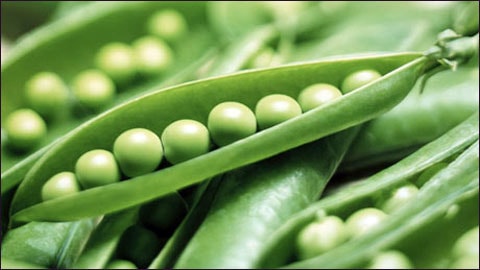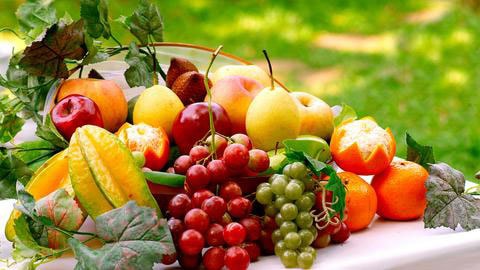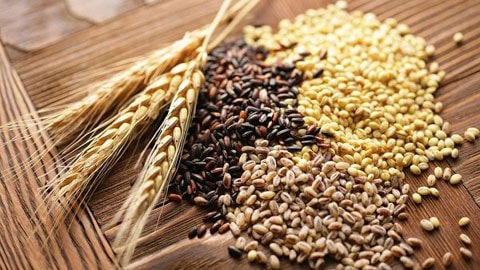The Perfect Diet You Should Know
Simple guides from experts will help you easily get the perfect diet with nutritious foods.
5 food groups
The best way to eat healthy is to choose a food from each of the following five food groups: Vegetables and beans; Fruits; Whole grains; Lean meats, poultry, fish, eggs, tofu, nuts; Milk, cheese, and yogurt
Each of these food groups has important nutrients.
The amount of food you need will change throughout your life, depending on factors such as how active you are and whether you are pregnant or breastfeeding.
Vegetables and beans
Vegetables and beans contain hundreds of natural nutrients like vitamins, minerals and fiber.
To get the most out of this group you need to keep the following in mind.
 |
| Illustration photo. |
Choose vegetables and beans that are in season. Be sure to choose vegetables with a variety of colors. Specifically, green vegetables such as peas and broccoli; red, orange, or yellow vegetables such as peppers, tomatoes, carrots, sweet potatoes, and pumpkin; purple vegetables such as red cabbage and eggplant; and white vegetables such as cauliflower, mushrooms, and potatoes.
Eating vegetables raw is sometimes a healthier choice. However, there are also some vegetables that provide better benefits when they are cooked.
You can have vegetables for lunch (salad, raw vegetables or soup) as well as dinner. Cherry tomatoes, peas, green beans, red peppers, celery or carrot sticks with hummus (a low saturated fat dip used in diets) make a great snack.
Fruit
Fresh fruit is a great source of vitamins and fiber, especially for those on a diet. It is best to eat fresh fruit.
 |
| Fresh fruit is a good source of vitamins and fiber. |
If you are tired of eating fruit, you can juice it, but do not overdo it. Fruit juice lacks fiber and drinking too much of it can damage tooth enamel. Commercial fruit juices are often quite high in sugar.
Dried fruit is also high in sugar, so you should only eat dried fruit occasionally.
Whole grains
Whole grain foods include oats, brown rice, whole grains, brown rice, barley, buckwheat...
 |
| Whole grains are rich in protein, fiber, minerals and vitamins. |
Whole grains are rich in protein, fiber, minerals, and vitamins. Refined grains are often stripped of these nutrients.
Lean meat, poultry, fish, eggs, tofu, nuts
These foods provide protein, minerals, and vitamins. Legumes and nuts also contain fiber, which is beneficial for dieters. It is best to consume a variety of foods from this group.
 |
| Food supplements of minerals, vitamins and proteins. |
However, it should be noted that adults should not eat more than 500g of red meat per week. Surveys show that people who eat more than 500g of red meat will have an increased risk of bowel cancer.
Milk, cheese and yogurt
Milk provides you with protein, vitamins and calcium. If you use a plant-based milk alternative such as soy milk, make sure it has at least 100mg of calcium per 100ml.
 |
| Yogurt provides protein, vitamins and calcium. |
It's also important to note that some beans or oats are rich in calcium, but they lack vitamin B12 and protein.
Other options
Foods and drinks that do not fall into the five food groups listed above are called “discretionary choices.” Some may be called junk food.
You can eat small amounts of unsaturated oils. These can be olive, soybean, canola, sunflower, sesame.
It is best to avoid the following foods to have a healthy diet and ensure good health: cookies, cakes, ice cream, ice cubes, soft drinks, energy drinks, candy and chocolate, fast food (cold cuts, sausages, etc.), french fries, fast food, fried foods, alcoholic beverages, etc.
These foods and drinks often provide excess energy, saturated fat, and too much sugar or salt. They are often described as “energy-dense but nutrient-poor”.
According to vietnamnet

